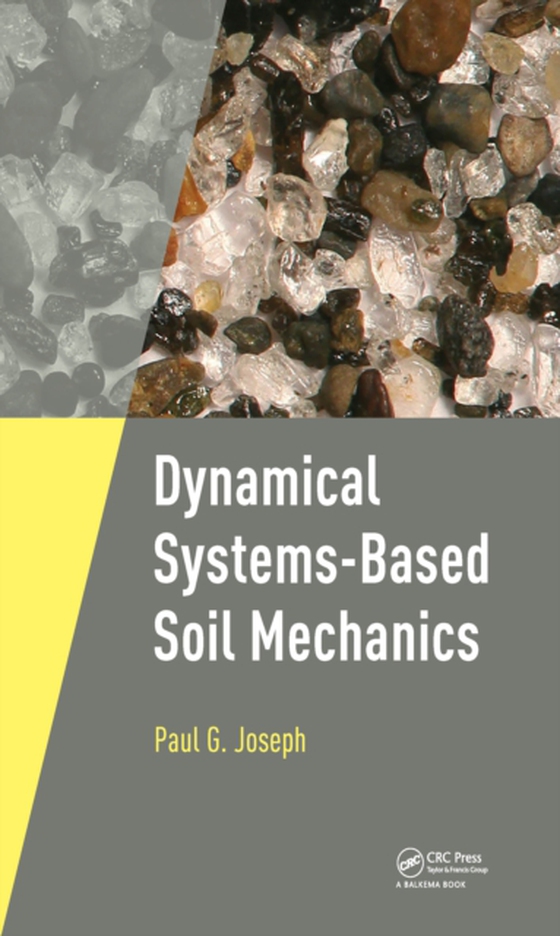
Dynamical Systems-Based Soil Mechanics e-bog
619,55 DKK
(inkl. moms 774,44 DKK)
This book is a short yet rigorous course on a new paradigm in soil mechanics, one that holds that soil deformation occurs as a simple friction-based Poisson process in which soil particles move to their final position at random shear strains. It originates from work by Casagrande's soil mechanics group at Harvard University that found that an aggregate of soil particles when sheared reaches a &...
E-bog
619,55 DKK
Forlag
CRC Press
Udgivet
24 april 2017
Længde
142 sider
Genrer
Civil engineering, surveying and building
Sprog
English
Format
epub
Beskyttelse
LCP
ISBN
9781351757164
This book is a short yet rigorous course on a new paradigm in soil mechanics, one that holds that soil deformation occurs as a simple friction-based Poisson process in which soil particles move to their final position at random shear strains. It originates from work by Casagrande's soil mechanics group at Harvard University that found that an aggregate of soil particles when sheared reaches a "e;steady-state"e; condition, a finding in line with the thermodynamics of dissipative systems. The book unpacks this new paradigm as it applies to soils. The theory explains fundamental, ubiquitous soil behaviors and relationships used in soils engineering daily thousands of times across the world, but whose material bases so far have been unknown. These include for example, why for one-dimensional consolidation, the e-log I line is linear, and why Ca/Cc is a constant for a given soil. The subtext of the book is that with this paradigm, the scientific method of trying to falsify hypotheses fully drives advances in the field, i.e., that soil mechanics now strictly qualifies as a science that, in turn, informs geotechnical engineering. The audience for the book is senior undergraduates, graduate students, academics, and researchers as well as industry professionals, particularly geotechnical engineers. It will also be useful to structural engineers, highway engineers, military engineers, persons in the construction industry, as well as planetary scientists. Because its fundamental findings hold for any mass of particles like soils, the theory applies not just to soils, but also to powders, grains etc. so long as these are under pseudo-static (no inertial effects) conditions.
 Dansk
Dansk

